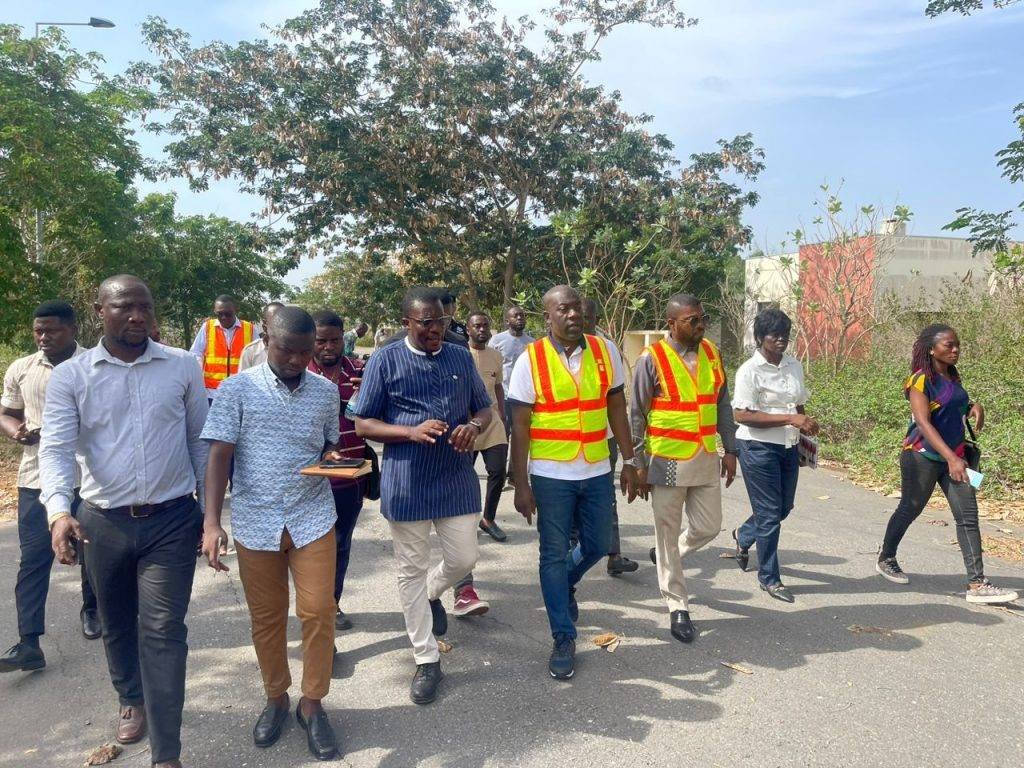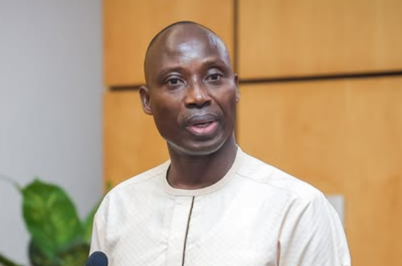
By Elijah ESHUN
We all hate increases in our taxes but love to see our lights on or other socio-economic infrastructure function 365 days a year without any failure. Only well-functioning social amenities can truly guarantee humans a dignified life.
Consider this situation from a different perspective. Some people drink from unsafe water sources, such as small rivers and ponds. Some people practice open defecation and have no access to essentials of life like hospitals, etc. I will use examples from both developed and developing countries to show that the lack of good social amenities is a global problem, especially in rural areas. I will use the United States of America and Ghana.
Since America is often considered the “richest” country in the history of the world, my selection of the United States is justified. Ghana, on the other hand, has similar characteristics to other developing countries. Therefore, Ghana is a fair case as well.
Let’s begin with America.
According to the US Census Bureau, about 60 million Americans live in rural communities. However, the US Department of Transportation notes that 13.1percent of roads, primarily in rural communities, are in poor condition. The US Department of Transportation further claims that 45percent of all roadway fatalities occur on rural roads in America. Other agencies, such as the National Council of State Legislatures (NCSL), reveal that 37percent of rural residents in America lack broadband access.
Now, let’s focus on Ghana. In 2012, the World Bank reported that poor sanitation costs Ghana 290 million dollars annually. The report also revealed that about 4.8 million Ghanaians, of whom the majority are rural residents do not have access to toilet facilities and practice open defecation.
To address rural infrastructure challenges, various governments in the United States and Ghana, like everywhere, have taken initiatives to address this situation. For example, the Biden administration recently passed the bipartisan infrastructural law to invest in rural infrastructure. Likewise, in Ghana, the government has launched the cocoa roads initiatives to tackle rural infrastructural challenges.
Although these state-led initiatives come in handy, they are associated with challenges.
Firstly, to put it bluntly, state-led interventions increase your dollar or cedi tax. One major source of government revenue is through taxation. Whenever your government wants to solve any issue, it comes to you for money. If your government does not ask you directly for money through taxes, it borrows in your name. Should you care? Yes! Not only does government borrowing impact generations yet unborn, but it also has immediate repercussions.
An example of these repercussions is inflation. Economists suggest that if governments supply more money through borrowing into an economy without a corresponding increase in production, it leads to more money chasing fewer goods-inflation. Inflation increases your dollar bill at Walmart or your cedi bill at Mankessim market.
Besides taxation and borrowing, governments can pursue other policy options. In recent times, one of the innovative policies countries continue to pursue to address rural socio-economic infrastructural and social challenges is public-private partnerships. Model countries for public-private partnership initiatives include Canada and China.
A public-private partnership is a long-term collaboration between a government agency and a private organization to deliver public service. This partnership is usually 30 years. Public-private partnerships encompass various types, but in each type, the private firm bears significant risk, and remuneration is performance-based.
Now, let me demonstrate to you how public-private partnerships save your government from taxing you or borrowing to fund your social amenities. Let’s focus on infrastructural projects such as roads, renewable energy, tourism facilities, etc. In a public-private partnership language, the examples of the amenities listed above are referred to as economic infrastructure. They are referred to as economic infrastructure because they can generate revenue on their own.
So, when your government builds your rural tourism facility through a public-private partnership, where a private firm uses its own assets to build and maintain the facility for a specified period, the project pays for itself over time through facility-user charges. With this arrangement, the government will not need to tax you or borrow funds. The private firm is reimbursed solely from the revenue generated by the facility.
>>>the writer is a policy scientist and public-private analyst. Currently, doctoral student and doctoral research fellow at the UIS Center for State Policy and Leadership, Springfield, IL, USA.
The post Transform infrastructure through public private partnerships not my Cedi or Dollar tax appeared first on The Business & Financial Times.
Read Full Story

























Facebook
Twitter
Pinterest
Instagram
Google+
YouTube
LinkedIn
RSS